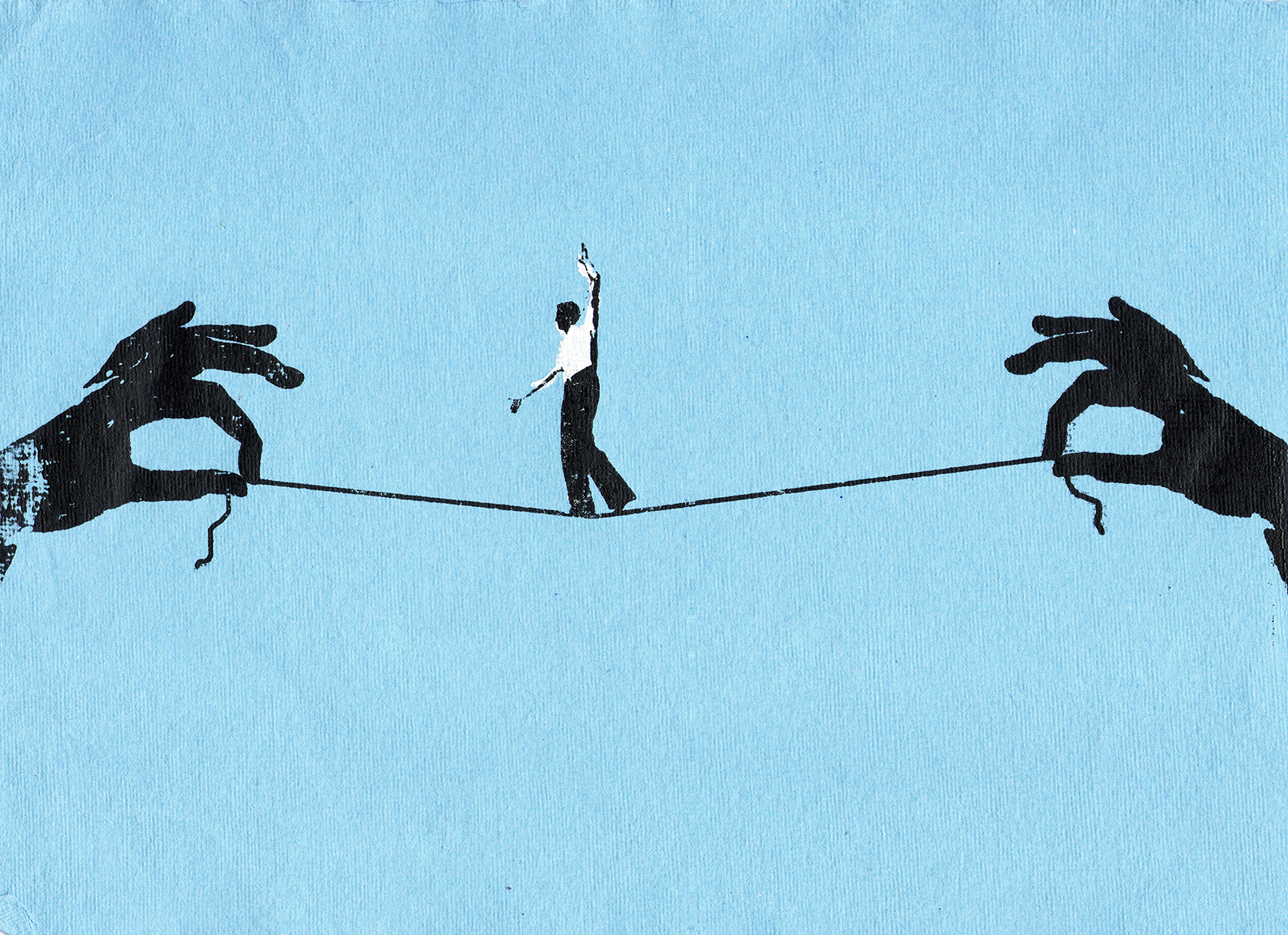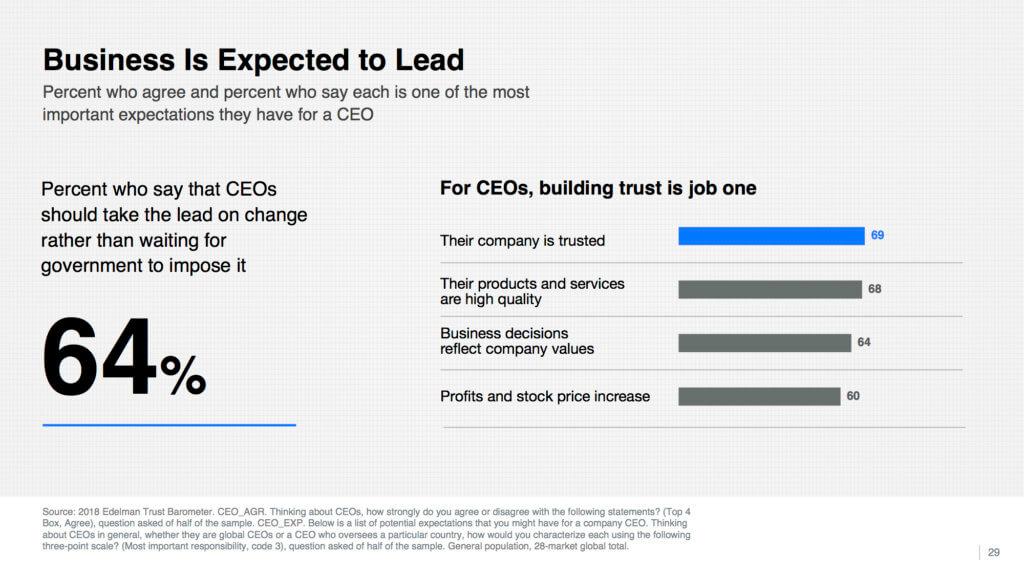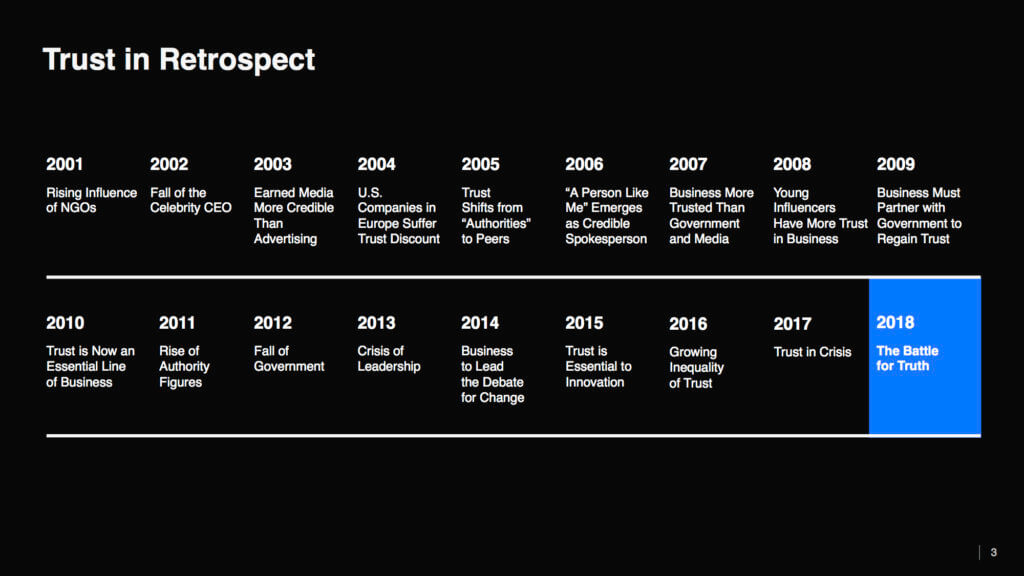The Journey Is the Destination
When I was studying fiction at San Francisco State University, I had a professor that used to say, “If you know exactly what you want to write about, then why are you writing it?”
It was a soft-ball criticism aimed at a particular kind of writer. Those that came in overconfident, inflexible, and usually with their entire story already mapped out beat for beat. In their rigid defense of what they thought the story should be, they missed the opportunity to truly discover what it is or what it could be. If there’s no journey of discovery, no unanswered questions in your mind, the story is over before it begins.
Creative Direction Is a Balancing Act
In the branding process, there can be a similar tension. Every client relationship is different, but there are times when someone will stake a firm claim in the ground and say, “Here’s what’s wrong and here’s how we fix it.” Agencies must then ask themselves a potentially tricky question.
What’s the true point of a branding project? Is it to create the best end-product possible or is it to give the client exactly what they asked for?
First things first, agencies should always strive to be good listeners. Communication can make or break a project, and no one wants to feel like they aren’t being heard. But as Senior Designer Robert Saywitz says, “It would be a great disservice to everyone involved if you didn’t try to elevate the client’s thinking, or push it into an interesting new realm. The key to creative exploration is that it’s anchored by a shared set of rules — whether that’s the creative brief, the brand strategy, or a trust that’s been established through an education of the branding process.”
Ideally, a client wants to hire someone who is smarter than themselves. They want someone who has the right amount of distance from the daily grind of running a business that they can provide some clarity and new thinking. “Making something exactly to specifications is fine, but it’s not exactly a great method for discovery,” continues Saywitz. “The best client-agency relationships are partnerships, and pure execution is not a true partnership.”
Vision vs. Trust
At the end of the day, the client is always right and they are the ones paying the bill. But the most fruitful and successful results come from a balance of vision and trust. The client should have a compelling vision for the present and enough trust to let you push that idea into the future.
To put it another way, you’re trying “to give the client what they don’t know they want yet,” says Senior Designer Beth Abrahamson, “and then show them why that’s what they want. As designers, we have to be both good listeners and innovators. We need to listen to what the client wants, and then innovate on how to get there.”
So, how do we get there? Check all your bases.
- Aesthetics: How are you presenting yourself through colors, shapes, typography, illustration, and photography across all environments?
- Discourse: How are you using language and stories to engage people in printed, digital, and personal communications?
- Functionality: How are you streamlining and enhancing processes to create more pleasant and emotive interactions?
- Associations: What ideas, people, and causes outside your brand will be used to evoke feelings and underscore the relevance of your business and brand platform?
The Power of Workshops
Remember, if the client asks for A, you better give them A — even if it’s on a spectrum that includes the more adventurous B and C. Innovate and iterate in equal measure. Always have your creative brief acting as a guiding star during your wildest explorations. And according to Junior Designer Keyoni Scott, never undervalue the importance of workshops.
“No matter the size of a project, workshops will always save you time in the long run,” says Scott. “It brings everyone together so they can get aligned, and creates a platform for other voices in the company to help shape the idea. Plus, it gives designers a better way to evaluate and refine work later in the process. When you both understand each other a little better, you save countless rounds of revisions later.”
Above all else, workshops are a time for discovery. When run properly, it can act as an effective sieve for your ideas. What’s working, what’s falling through the cracks, and what do we want to refine in the next batch? The mere act of hosting a workshop is an act that says you’re open to a breadth of possibility — even if it ends up confirming what you thought to be true.
Wants, Needs, and Everything In-Between
Play-Doh was first used as a wallpaper cleaner. The Slinky was meant to stabilize naval equipment on rough seas. All this to say, being too rigid with an idea can severely limit its potential. To borrow a phrase from the improv world, the perfect client-agency relationship is a game of “yes, and …” Expand the line of thinking, foster effective communication, and encourage the free sharing of ideas. A contractor may give you what you want, but a great agency will give you what you need.
Emotive Brand is a brand strategy and design agency in San Francisco.









